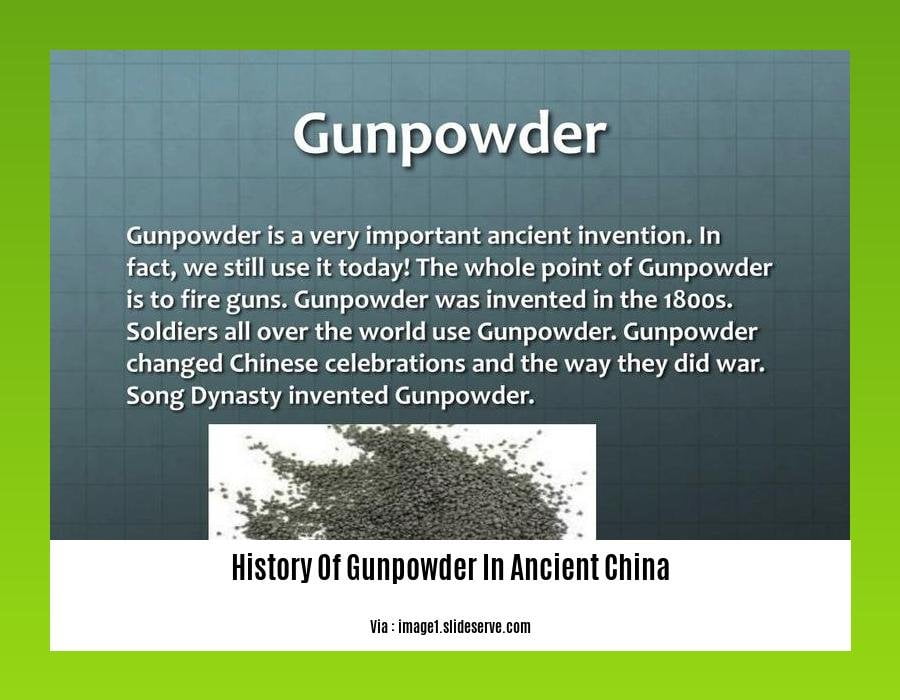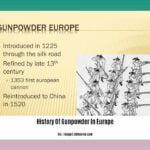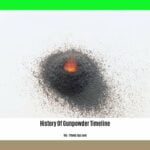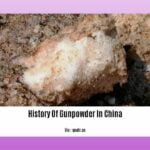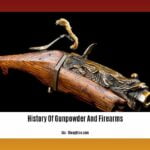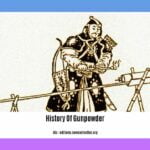– A comprehensive history of gunpowder in ancient china – Gunpowder, a revolutionary invention with humble beginnings in ancient China, profoundly shaped the course of human history. Its alchemical origins led to groundbreaking applications, transforming warfare, technology, and society. This article delves into the intricate history of gunpowder in ancient China, exploring its composition, development, and far-reaching impact. Through a combination of historical accounts and archaeological discoveries, we uncover the fascinating story of this remarkable innovation.
Key Takeaways:
- Gunpowder is a notable Chinese invention.
- Its origins lie in alchemy and medicinal practices.
- Invention details (inventor, exact date) remain uncertain, but it originated during or before the Tang Dynasty.
- Earliest chemical formula dates back to the Song Dynasty.
- Gunpowder’s military applications began around AD 904.
History Of Gunpowder In Ancient China
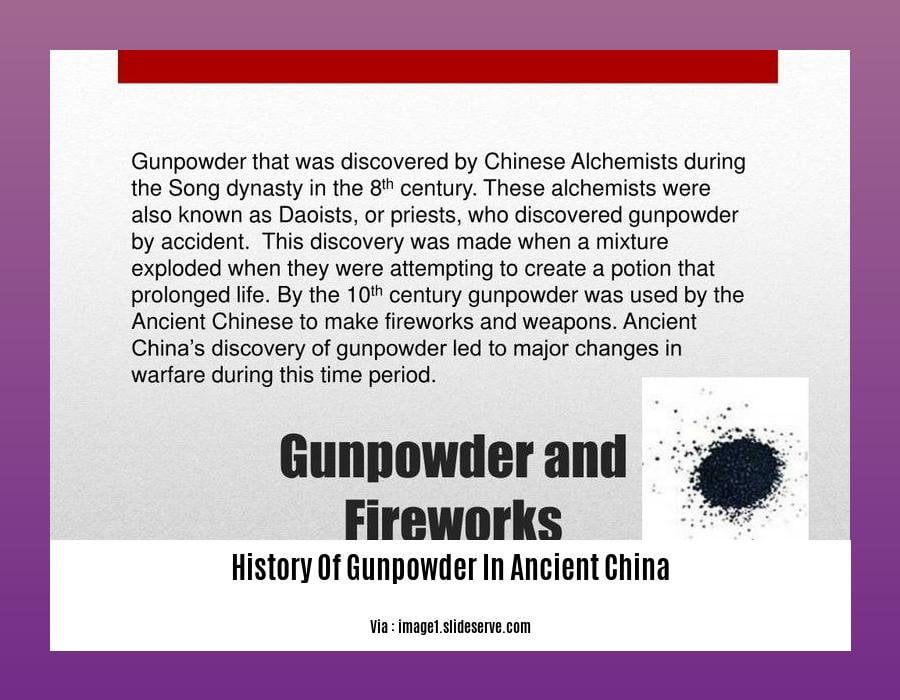
Gunpowder is a significant invention from ancient Chinese history, which revolutionized warfare and technology.
Origins and Development
The invention of gunpowder is credited to ancient Chinese alchemists around the Tang Dynasty (618-907 AD) or earlier. Originally developed for medicinal purposes, gunpowder’s explosive potential was later discovered. The first recorded chemical formula for gunpowder appeared during the Song Dynasty (11th century).
Early Applications
Before use in warfare, gunpowder had various applications, such as firecrackers and signaling devices. Around AD 904, gunpowder was employed for military purposes in flamethrowers and bombs. By the 11th century, projectiles propelled by gunpowder, like arrows and cannons, became prevalent.
Impact on Warfare
Gunpowder dramatically transformed warfare in ancient China. The invention of firearms, such as the fire lance and cannon, gave armies a significant advantage in battle. Gunpowder weapons played a crucial role in Chinese history, from repelling Mongol invasions to expanding the empire.
Technological Advancements
The development of gunpowder also spurred technological advancements. Improved gunpowder formulas and innovations in weapon design enhanced the effectiveness and range of firearms. The invention of the compass, also attributed to Chinese alchemists, facilitated navigation and exploration, thanks to gunpowder’s role as a propellant.
Cultural and Societal Impacts
Beyond warfare, gunpowder had cultural and societal implications. The invention of fireworks and firecrackers became popular for entertainment and celebrations. Gunpowder also played a role in alchemy and Daoist practices.
Unravel the enigmatic history of gunpowder, from its inception to its pivotal role in warfare and technological advancements. Delve into the history of gunpowder and explore its fascinating timeline, tracing its origins in China to its widespread use in Europe. Discover the significant contributions of Chinese alchemists to the development of gunpowder and its transformative impact on human history. Uncover the intriguing connection between gunpowder and firearms, and their profound influence on warfare. Embark on a virtual journey through Gunpowder Falls State Park, a testament to the legacy of this explosive substance. Finally, quench your thirst for knowledge with a comprehensive exploration of the history of gunpowder on Wikipedia.
Military Applications and Weapon Innovations
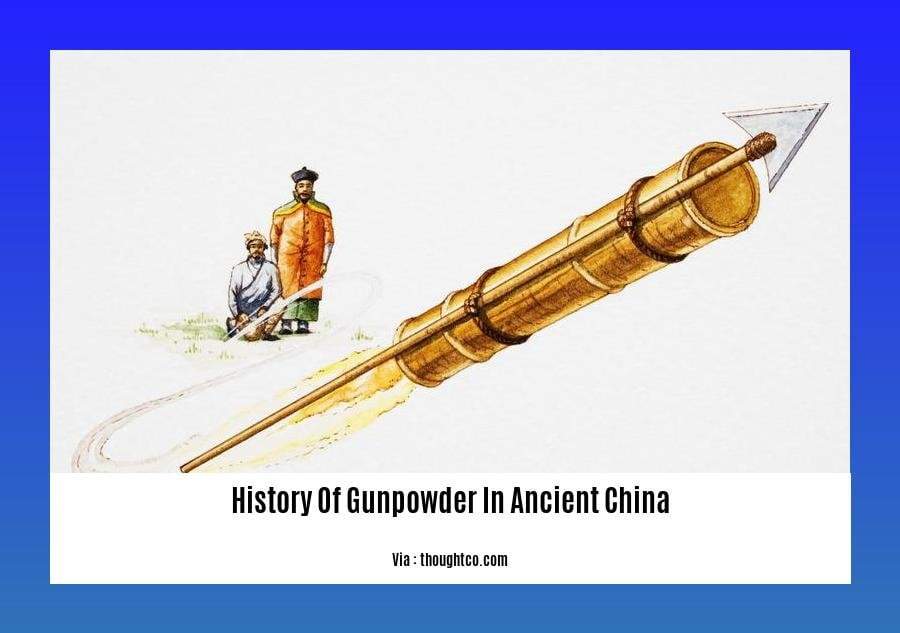
Gunpowder, a game-changer in warfare, propelled China to the forefront of military prowess. Its applications and weapon innovations revolutionized battlefields like never before.
Flamethrowers and Bombs:
In the 10th century, Chinese armies unleashed the fury of gunpowder in flamethrowers, spewing flames onto enemy formations. They also developed gunpowder bombs, delivering explosive surprises that shattered defenses.
Projectiles propelled by Gunpowder:
By the 11th century, gunpowder propelled arrows and cannons became the talk of the town. These weapons extended the reach of armies and introduced new dimensions to combat.
Fire Lances and Cannons:
Gunpowder-powered fire lances, precursors to muskets, became infantry’s go-to weapon. And cannons, the colossal artillery pieces, toppled fortifications and changed the face of sieges forever.
Technological Advancements:
Chinese artisans constantly refined gunpowder formulas and weapon designs, enhancing their effectiveness. This relentless pursuit of innovation kept China at the cutting edge of military technology.
Key Takeaways:
- Gunpowder revolutionized warfare, giving armies a decisive edge with Military Applications and Weapon Innovations.
- Flamethrowers, bombs, and gunpowder-propelled projectiles transformed battlefields.
- The invention of firearms like the fire lance and cannon changed the game of war.
- Technological advancements in gunpowder and weaponry kept China at the forefront of military innovation.
Sources:
- ThoughtCo: Invention of Gunpowder
- JSTOR: The Gunpowder Age: China, Military Innovation, and the Rise of Early Modern Warfare
Spread of Gunpowder Technology to Other Civilizations
Knowledge of gunpowder spread throughout Eurasia and Africa, including the Muslim world and the Gunpowder Empires (Ottoman, Safavid, Mughal).
From its origins in ancient China, the knowledge of gunpowder gradually spread to other parts of the world, leading to significant advancements in warfare and technology.
The dissemination of gunpowder technology to other civilizations was a complex process influenced by factors such as trade, cultural exchange, and conflicts. Merchants played a key role in carrying gunpowder and knowledge of its production to distant lands.
In the 13th century, gunpowder knowledge reached the Muslim world, primarily through trade routes. Muslim scholars and engineers further developed gunpowder technology, leading to new weapons and military strategies. The Ottoman Turks, for instance, effectively employed gunpowder artillery in their conquests.
The spread of gunpowder technology also extended to the Indian subcontinent, where it significantly transformed warfare. The Mughal Empire, founded in the 16th century, utilized gunpowder weapons to expand its territory and consolidate power.
By the 16th century, gunpowder had become an integral part of warfare and technological advancements across Eurasia and beyond.
Key Takeaways:
- Gunpowder technology originated in China but spread globally through trade and cultural exchange.
- The Muslim world played a significant role in the development and dissemination of gunpowder technology.
- Gunpowder revolutionized warfare and influenced military strategies in various civilizations.
Relevant URL Sources:
- History of Gunpowder – Wikipedia
- The Spread of Gunpowder Technology in the Middle Ages
Legacy and Impact on Chinese History
The invention of gunpowder, a groundbreaking Chinese innovation, revolutionized warfare and technology, leaving a lasting legacy on Chinese history.
Gunpowder propelled weapons and explosives, giving armies a decisive edge. Firearms, like the fire lance and cannon, became the weapons of choice, transforming battle strategies.
Beyond warfare, gunpowder’s influence extended to other areas. The invention of the compass, linked to gunpowder’s propellant properties, aided navigation and exploration.
Cultural practices also embraced gunpowder’s explosive nature. Fireworks and firecrackers became symbols of celebration and entertainment. In alchemy and Daoist beliefs, gunpowder’s chemical properties played a significant role.
Key Takeaways:
- Gunpowder’s invention revolutionized warfare, introducing firearms and explosives.
- The development of the compass, fueled by gunpowder’s propellant ability, aided navigation.
- Gunpowder’s explosive nature influenced cultural practices, such as fireworks and firecrackers, and was integral to alchemy and Daoist beliefs.
Citations:
- ThoughtCo: Invention of Gunpowder
- JSTOR: The Gunpowder Age: China, Military Innovation, and the Rise of Early Modern Warfare
FAQ
Q1: When was gunpowder first invented in China?
Q2: What were the initial uses of gunpowder in ancient China?
Q3: How did gunpowder impact warfare in ancient China?
Q4: What were some of the key advancements in gunpowder technology during the Song Dynasty?
Q5: How did knowledge of gunpowder spread from China to other parts of the world?
- China II Review: Delicious Food & Speedy Service - April 17, 2025
- Understand Virginia’s Flag: History & Debate - April 17, 2025
- Explore Long Island’s Map: Unique Regions & Insights - April 17, 2025
